Metro Exodus (2019) is the third installment in the Metro series based on Dmitry Glukhovsky’s novels. While it primarily builds on events from Metro 2033 and Metro Last Light, the game takes the series into a broader, open-world setting, following Artyom and his companions on a journey across post-apocalyptic Russia. To understand Metro Exodus’ story, it’s essential to delve into the backdrop established in Metro 2033 and how it connects to the larger narrative.
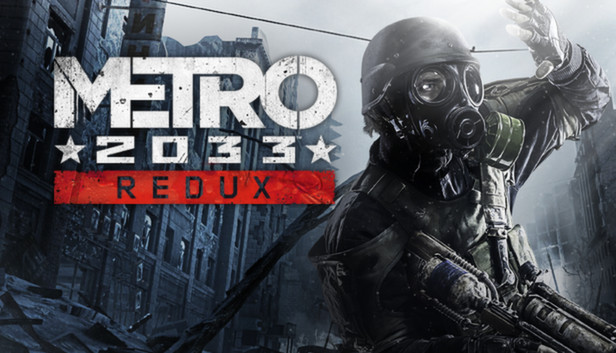
Metro 2033: Setting the Stage
The story begins in a post-apocalyptic Moscow, where nuclear war has forced humanity to seek refuge in the Moscow Metro system. The surface is irradiated, teeming with mutants, and barely habitable. The Metro system has become a microcosm of human society, with various stations acting as city-states, each adopting unique ideologies such as fascism, communism, or capitalism.

Artyom’s Journey:
In Metro 2033, players follow Artyom, a young survivor raised in the Metro. His station, VDNKh, is under threat from mysterious and powerful creatures called the Dark Ones. Artyom embarks on a perilous journey to Polis, the heart of the Metro, to seek help. Along the way, he encounters factions like the Red Line, the Reich, and Hanza, all vying for dominance.
The Dark Ones represent a central mystery, appearing as both a threat and a misunderstood force. Artyom’s decisions ultimately determine whether the Dark Ones are annihilated or understood as potential allies in humanity’s survival.
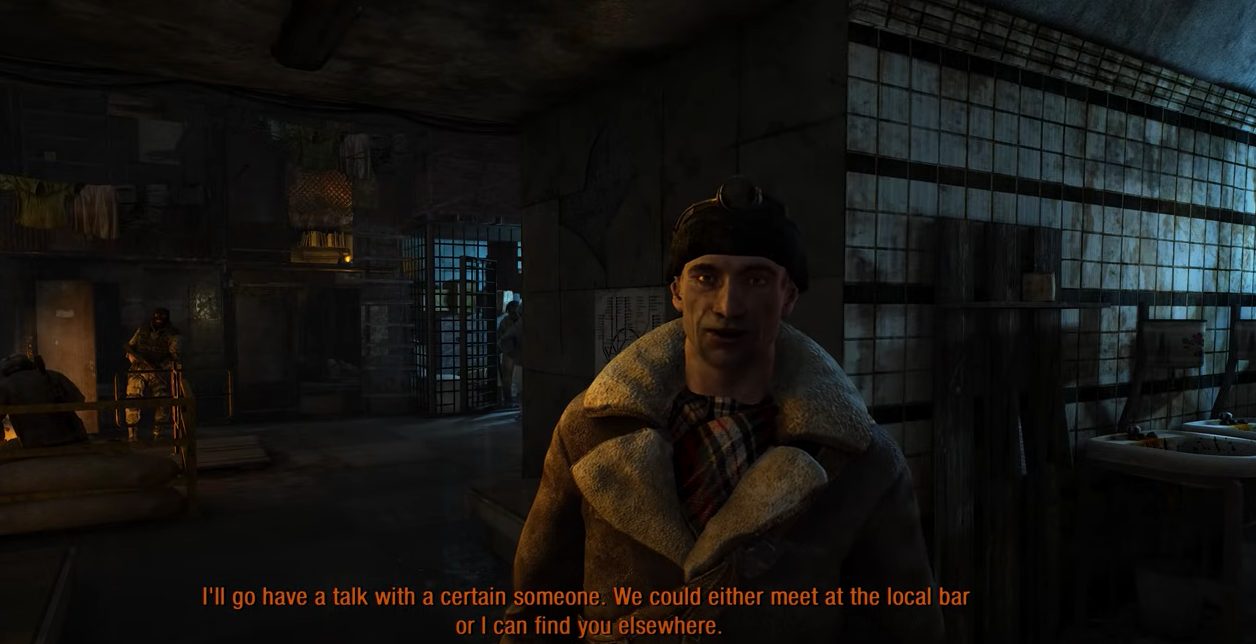
Metro Exodus: The Next Chapter
The Transition from Metro 2033 and Last Light:
After the events of Metro Last Light, Artyom becomes obsessed with the possibility of life outside the Metro. Despite the isolationist mentality of the Metro inhabitants, Artyom frequently ventures to the irradiated surface, seeking evidence of other survivors.
A Shocking Revelation:
Early in Metro Exodus, Artyom discovers that the Metro leadership (including Hanza) has hidden a devastating secret: Moscow is not the only surviving city. Communication with the outside world has been deliberately suppressed to maintain control and avoid renewed conflict.
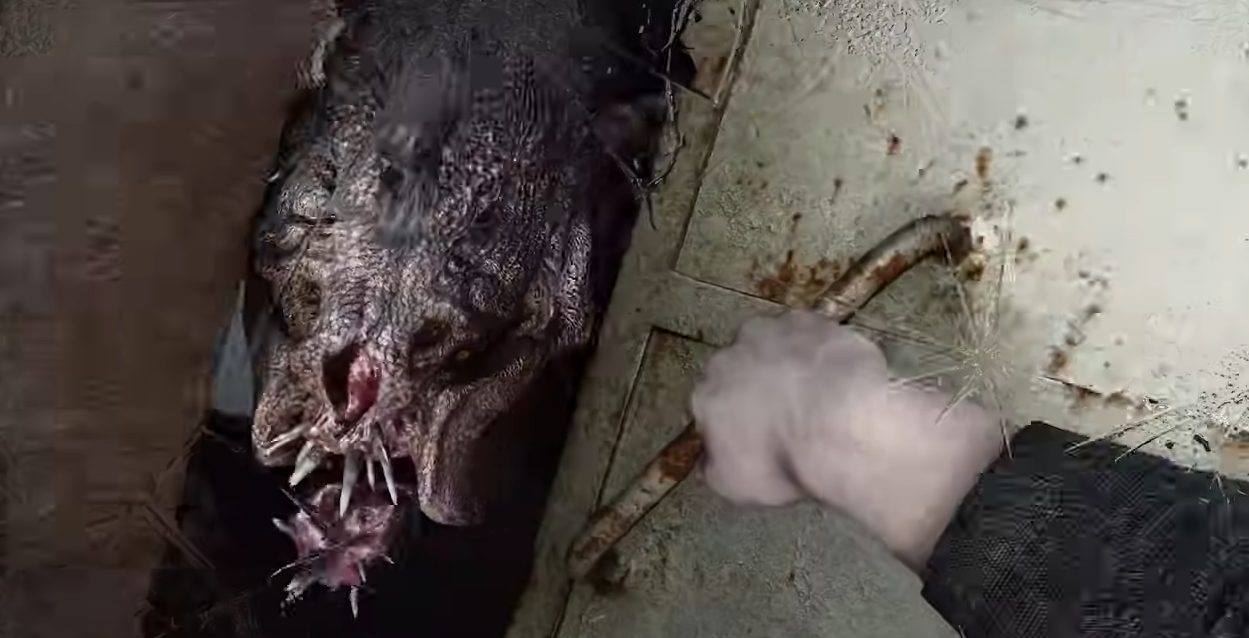
The Journey Begins:
Artyom, along with his wife Anna and a group of Spartans led by Colonel Miller, commandeers a steam-powered train called the Aurora. They set out on a cross-country journey to uncover the truth about the world beyond Moscow.
Major Story Arcs
- Winter – The Volga River:
The group encounters a fanatic religious cult that worships a monstrous mutant fish and rejects technology as heretical. Artyom’s interactions here highlight the fragmented ideologies of post-apocalyptic communities. - Spring – The Caspian Desert:
The crew ventures into a desolate, sun-scorched wasteland dominated by a brutal warlord named Baron. This region exposes the harsh realities of survival, as water and fuel become the primary currencies. - Summer – The Taiga Forest:
In a lush, overgrown forest, Artyom confronts a band of survivalist children and uncovers the darker side of their idyllic-seeming society. This segment underscores the persistent theme of innocence lost. - Fall – The Dead City:
Artyom finally reaches the remnants of Novosibirsk, where he seeks medicine for a gravely ill Anna. This journey pushes Artyom to the brink, as radiation levels rise to unbearable heights.
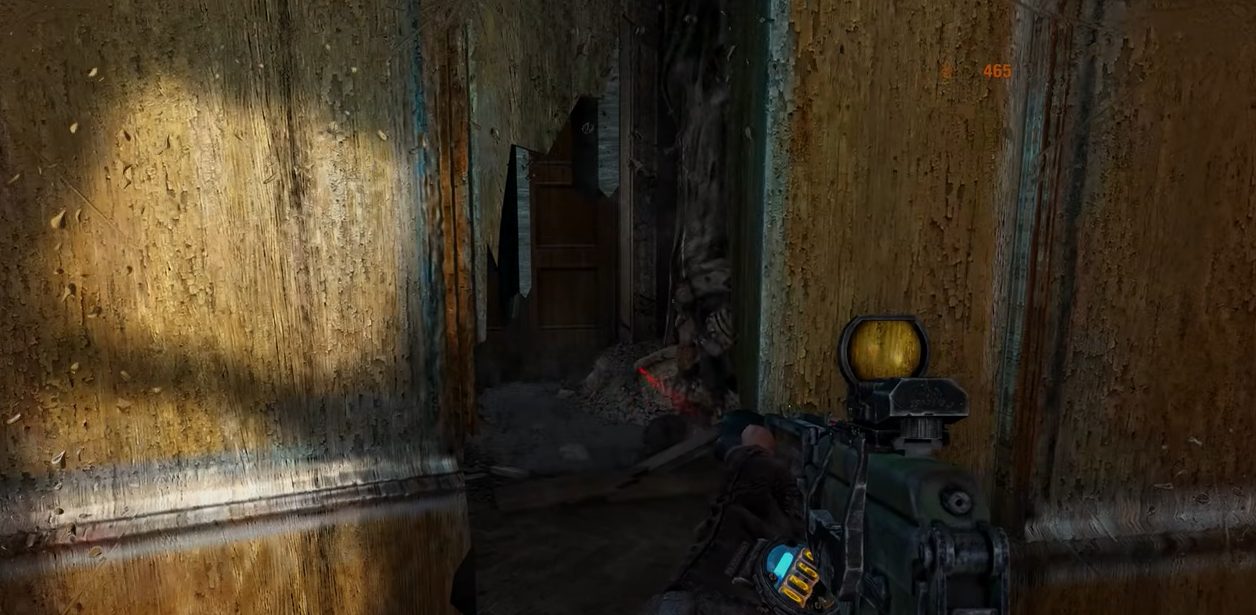
Themes and Endings
Survival vs. Hope:
The overarching theme of Metro Exodus is the tension between mere survival and the hope for a better future. Each location tests the resolve and moral compass of Artyom and his companions.
Player Choices:
The game features moral choices that determine the fates of key characters and the ultimate outcome. Whether Artyom’s vision of rebuilding humanity succeeds or fails depends on how players interact with the world and its inhabitants.
Endings:
- Good Ending: Artyom survives, and the group settles in a habitable area, fulfilling his dream of a life beyond the Metro.
- Bad Ending: Artyom sacrifices himself, leaving his dream unrealized.
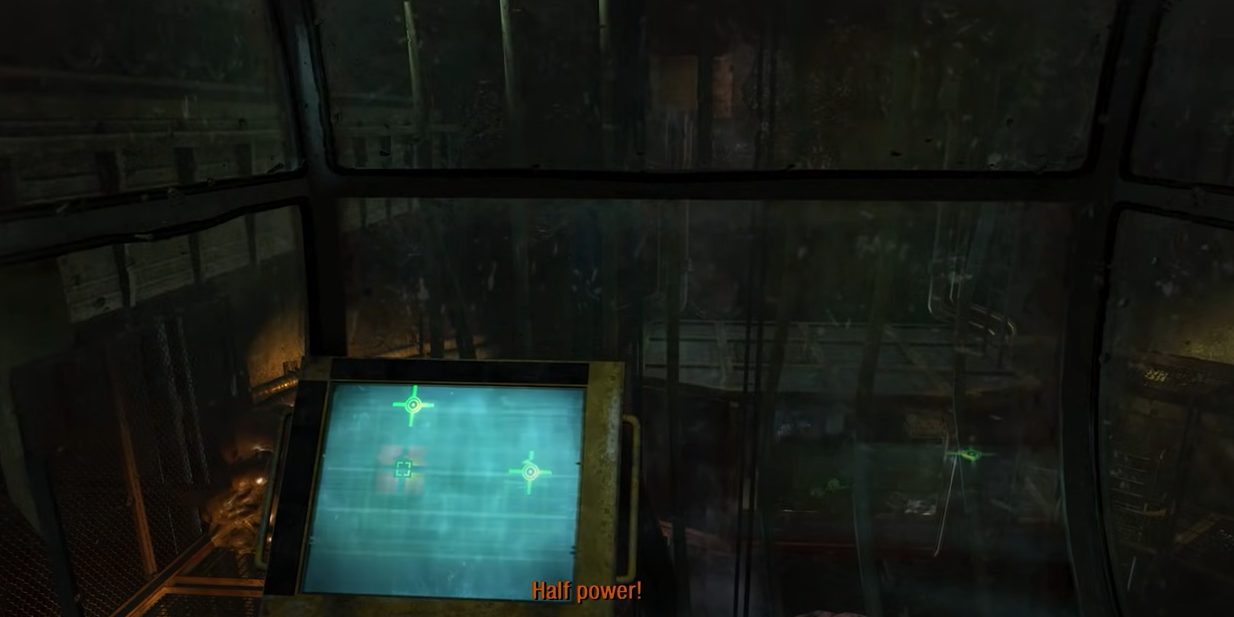
Conclusion
Metro Exodus expands on the introspective and morally complex storytelling of the series while shifting the focus from the claustrophobic Metro tunnels to a vast and varied world. It continues to explore themes of human resilience, ideological conflict, and the search for meaning in a shattered world, making it a profound continuation of the Metro 2033 legacy.




